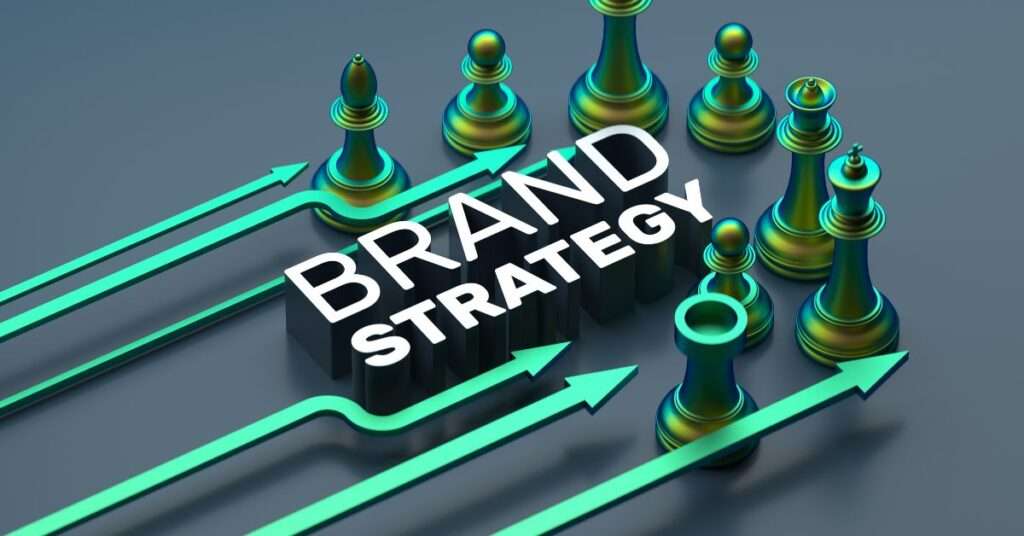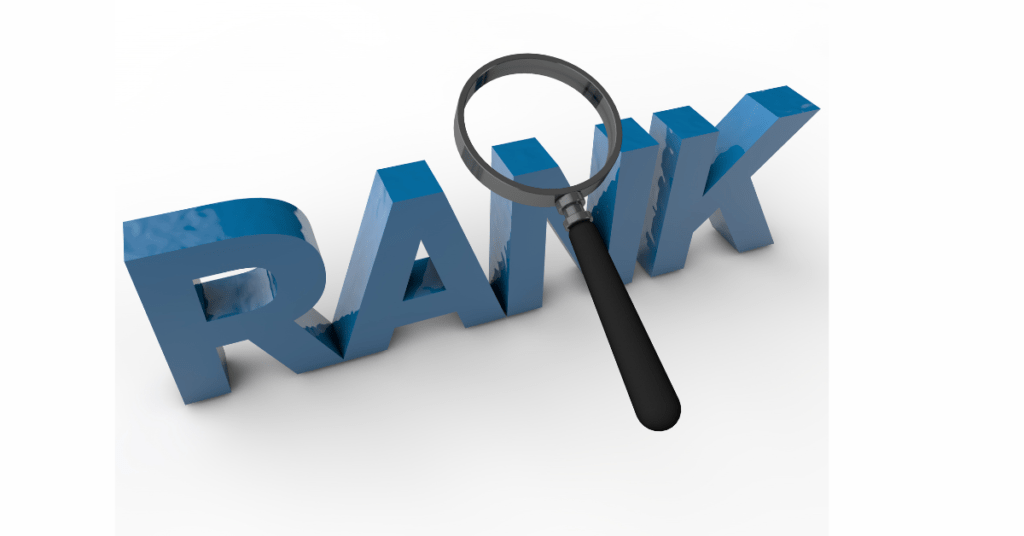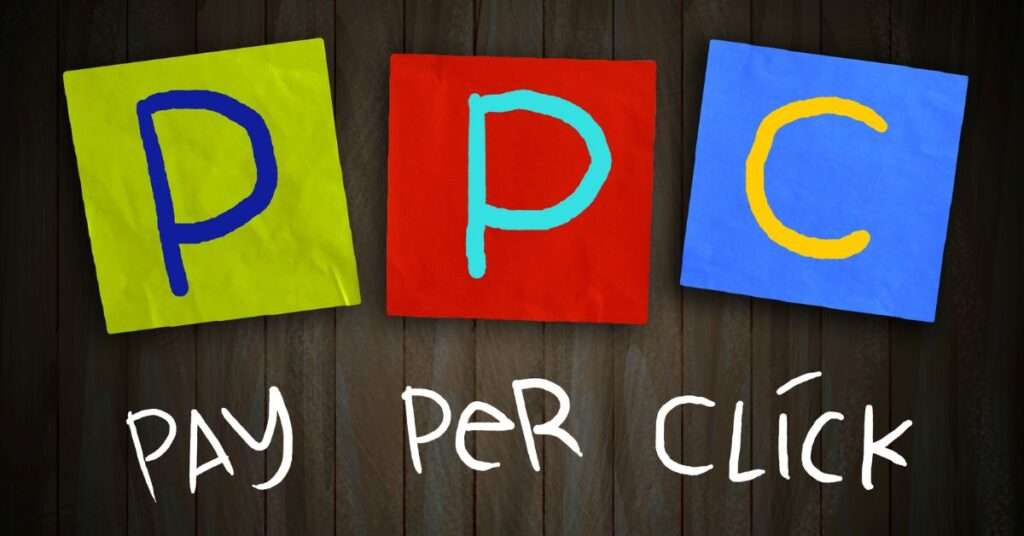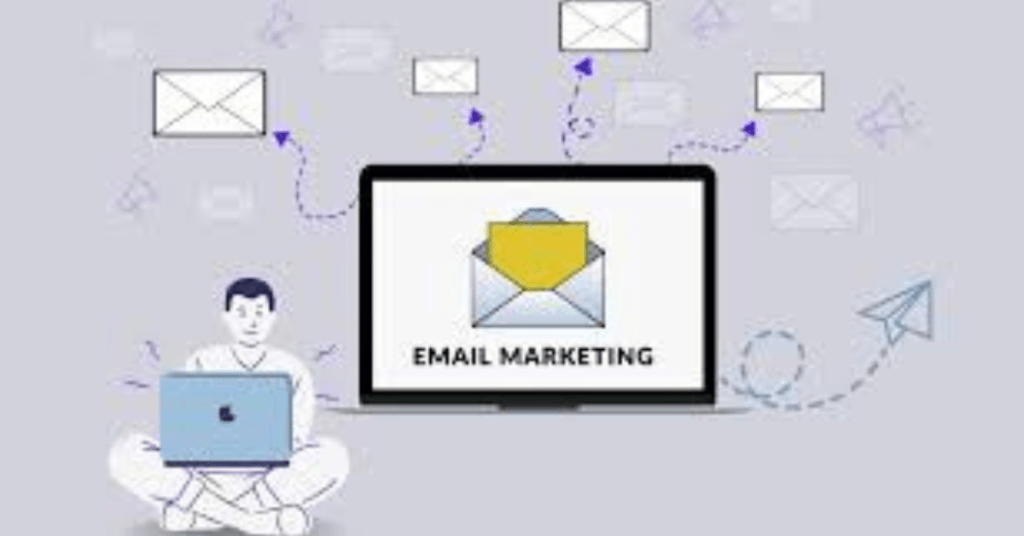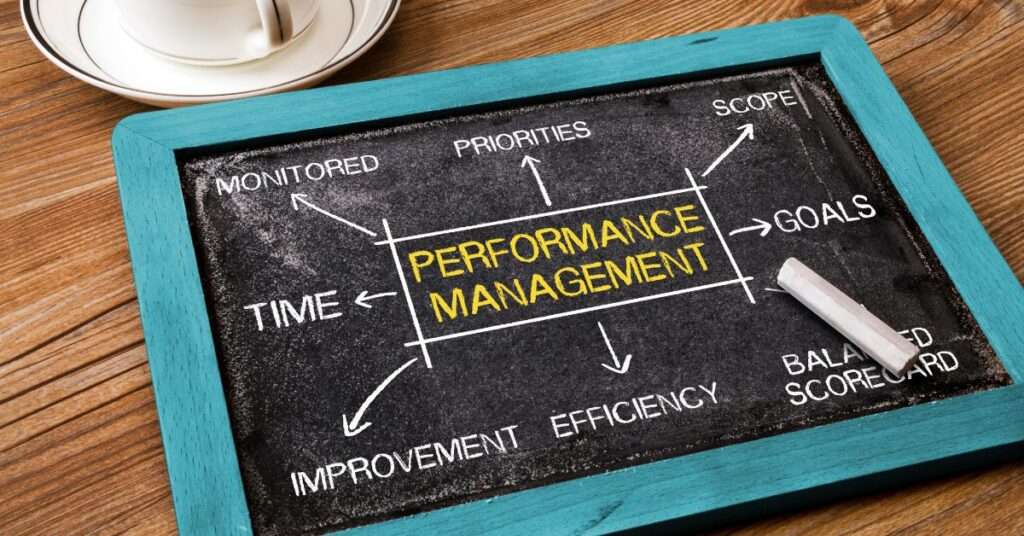Building a Strong Brand Online: Why Consistency is Key and How a Digital Agency Can Help
In today’s digital landscape, building a strong brand online is more important than ever. With so many platforms, voices, and distractions vying for attention, ensuring your brand stands out and stays memorable is key. One of the most effective ways to achieve this is through consistency. But why is consistency so important, and how can a digital marketing agency help you maintain it? Why Brand Consistency Matters Consistency in branding means that your messaging, tone, and visuals align across all platforms, including your website, social media, and marketing campaigns. This is crucial for several reasons: Recognition and Trust: A consistent brand is recognizable. Whether it’s your logo, colors, or the tone of your content, when customers encounter a unified brand experience, they are more likely to remember and trust your business. Trust builds loyalty, and loyal customers are your biggest advocates. Professionalism: When your brand is consistent, it reflects professionalism. Imagine visiting a company’s website that feels completely different from its social media pages. Inconsistent design or messaging can lead customers to question the company’s credibility. Clear Messaging: Consistency ensures that your brand communicates clear and focused messages. When customers receive the same core message across different channels, they better understand what your brand stands for, making it easier to connect and engage with you. Emotional Connection: A strong, consistent brand taps into the emotional needs of its audience. When customers experience a uniform brand identity, it strengthens their emotional connection with the business, which leads to more meaningful interactions. How a Digital Agency Ensures Brand Consistency Maintaining consistency while navigating the many facets of online marketing can be challenging. This is where a digital marketing agency becomes invaluable. Here’s how they help: Unified Brand Strategy: A digital marketing agency will help develop a comprehensive brand strategy that aligns all your marketing channels. From your social media content to your email newsletters, they ensure that each piece of communication follows the same brand guidelines, ensuring a cohesive experience. Design and Visual Identity: Maintaining a consistent visual identity is essential. Agencies employ expert designers who make sure that your logo, color scheme, fonts, and images are used correctly across all platforms. Whether it’s creating banner ads, social posts, or web designs, they ensure that your brand’s visual elements are consistent and professional. Content Creation and Tone: A digital marketing agency will ensure that your brand’s voice remains the same across all content. Whether you’re posting a blog or running a social media ad, the tone and messaging will stay consistent, maintaining the brand personality your audience knows and loves. Monitoring and Adjusting: As markets and consumer preferences shift, consistency doesn’t mean rigidity. A digital agency constantly monitors your brand’s performance, ensuring that the strategies remain effective and relevant while staying aligned with your core identity. Efficiency and Focus: Agencies take the burden of day-to-day content management and brand monitoring off your shoulders, giving you more time to focus on running your business. Their expertise and resources mean they can execute and scale your branding efforts more efficiently than handling it in-house. Conclusion In a crowded digital space, consistency is the backbone of a strong brand. It builds recognition, trust, and loyalty with your audience. A digital marketing agency ensures that your brand remains unified across all touchpoints, providing the professional expertise and strategic focus needed to maintain a consistent, memorable presence online. Partnering with the right agency can help you build and sustain a brand that stands out in today’s competitive market.
Building a Strong Brand Online: Why Consistency is Key and How a Digital Agency Can Help Read More »

